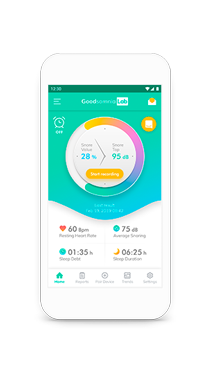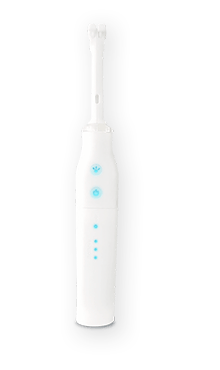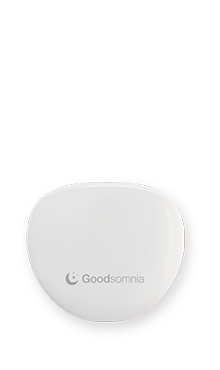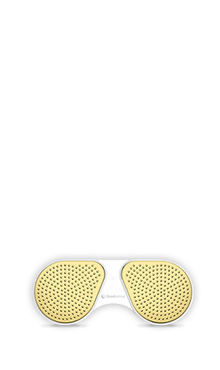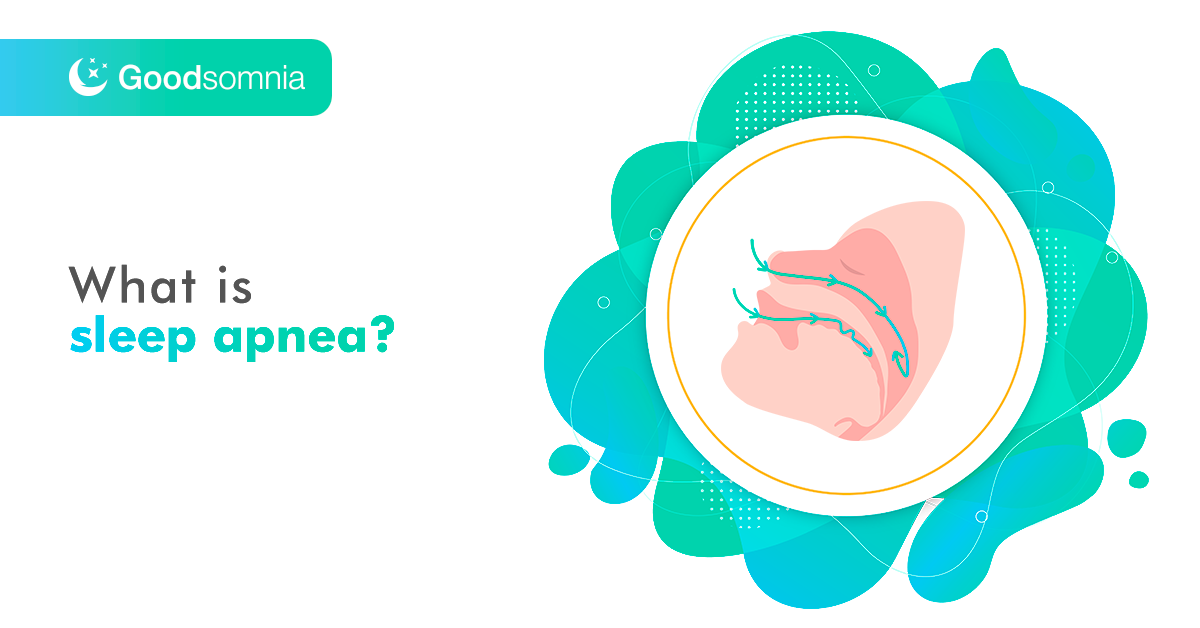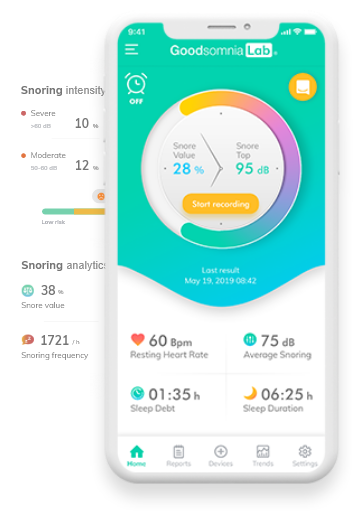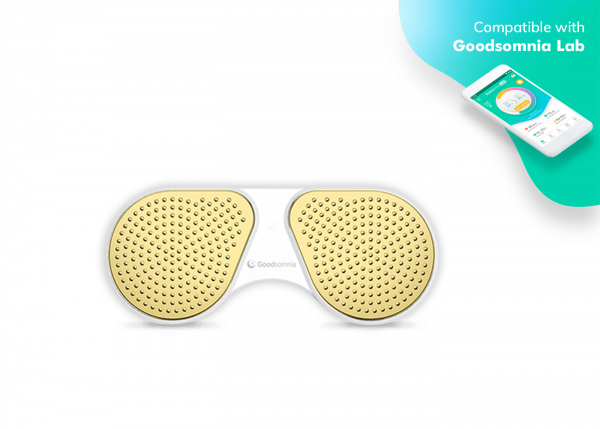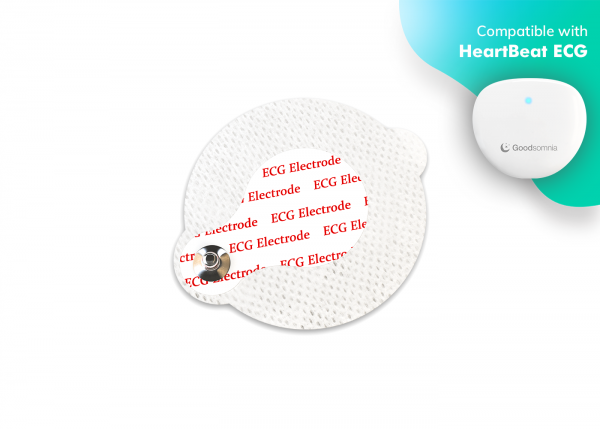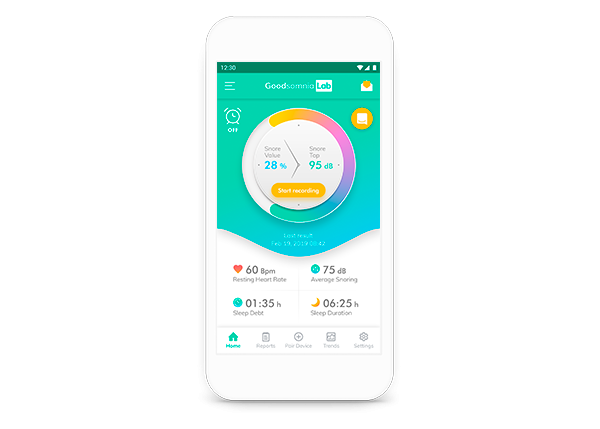Snoring loudly and losing energy at the start of a working day? What’s the connection? Both are symptoms of sleep apnea. What is this? What causes sleep apnea and, most importantly, how do you treat it? Let’s dig a little deeper.
What are the symptoms of sleep apnea?
Apnea is Greek for “without breath”. People who experience breathing cessation for 10 seconds or more during sleep suffer sleep apnea. Most aren’t aware of it as they don’t trigger a full awakening. They often sleep well but lack energy during the day. The victims of sleep apnea are bed partners and as sleep apnea is more common in men, usually women have to deal with their partners’ loud snoring.
As well as snoring, there are other symptoms of sleep apnea in men:
- sore or dry throat in the morning;
- choking and gasping sensation after sleep;
- lack of energy during the day;
- morning headache;
- forgetfulness, decreased interest in sex;
- insomnia.
Though less likely, here’s a list of sleep apnea symptoms in women:
- light snoring;
- subtle breathing problems;
- fatigue;
- headaches;
- restless leg;
- depression.
While men’s symptoms are serious, women’s are commonly seen as PMC symptoms and is a key reason why they are often under-diagnosed and under-served.
Sleep apnea in children is likely caused by enlarged adenoids and/or tonsils. Breathing through the mouth can be a trigger for the disease, but other symptoms include:
- bedwetting;
- daytime sleepiness;
- poor attention;
- poor performance in school.
If your child has at least 3, then you need to take action.
Symptoms of obstructive sleep apnea
Sleep apnea comes in two forms: obstructive sleep apnea (OSA) and central sleep apnea. The latter is the brain not sending the right signals to breathe, is more complicated and needs specific treatment.
We’ll focus on the more common OSA. According to the number of breathing interruptions per hour, the American Academy of Sleep Medicine derived 3 categories of OSA: mild, moderate and severe. Sleep with 5-15 interruptions is one of the first symptoms of mild sleep apnea. Sleep that’s interrupted 15-30 times is seen as moderate and more than 30 interruptions per night are severe.
Symptoms of obstructive sleep apnea in adults and children are the same. Risk factors include:
- Extra weight increases the chances of fat accumulating in the neck area and obstructing breathing.
- Middle age. Although sleep apnea can occur at any age, young adulthood and middle age are more affected.
- Male gender. As we said, men are mostly at the risk zone.
- High blood pressure causes sleep apnea.
- Sleep apnea is a heritable disease.
Treatment of sleep apnea
Getting the right treatment is critical. When seeing a doctor, take your record of sleep, such as the daytime symptoms of sleep apnea that you experience (fatigue, depression, etc). It’ll be great if your bed partner accompanies you and tells the doctor what they noticed.
Sleep apnea symptoms and treatment require the right solution for each symptom. These include:
- Continuous Positive Airway Pressure or CPAP. It’s a mask that fits over the nose or mouth to keep airways open. So, you’re able to breathe.
- Oral Appliance Therapy. This device holds the tongue in a position comfortable to breathe.
- Positional Therapy. An alternative to treating obstructive sleep apnea symptoms in men and women is changing sleep position. Know the best sleep position here.
- Lifestyle Changes. Quitting smoking and drinking, and avoiding bad food habits, are as effective as a professional device, and will help reduce sleep apnea.
Finding it difficult to follow the treatment plan? Maybe, your perfect match is Cognitive Behavioral Therapy which helps you control thoughts and behaviors, and as a result, lead to a more restful sleep.

